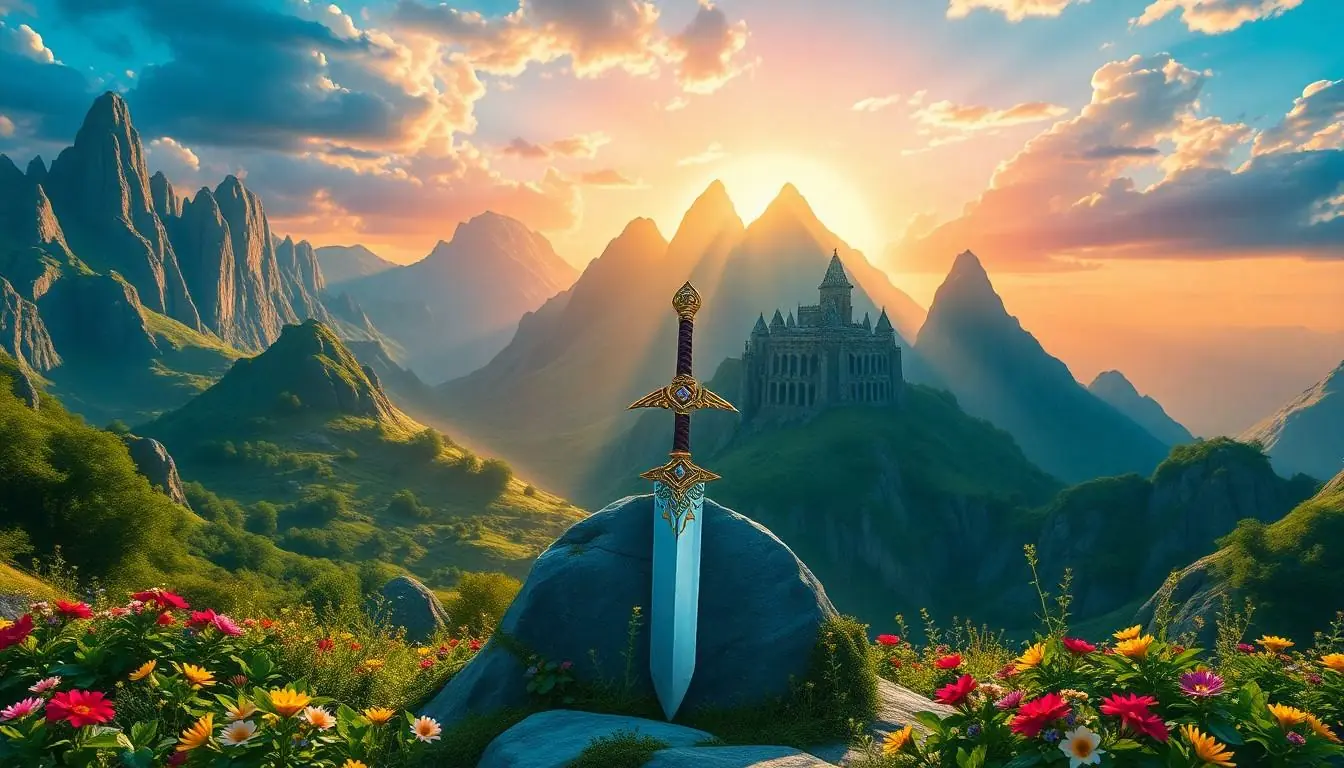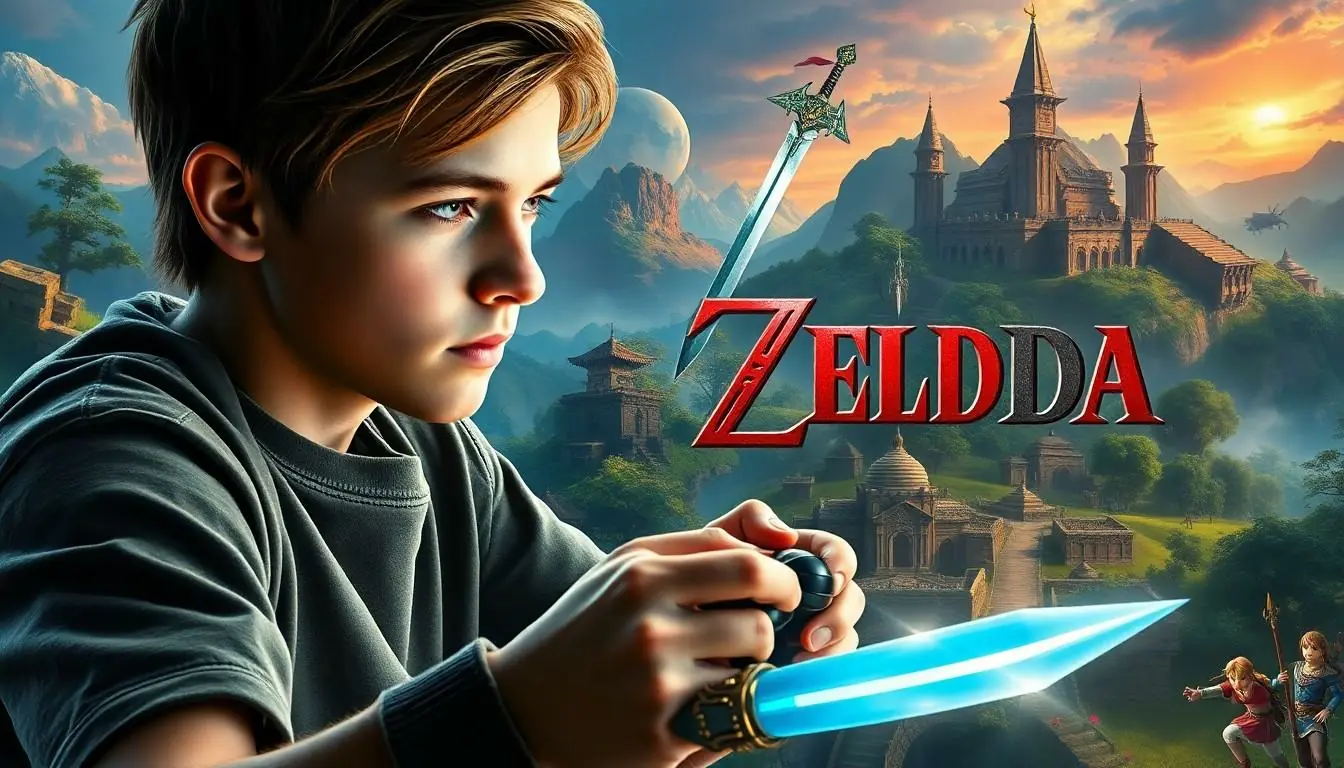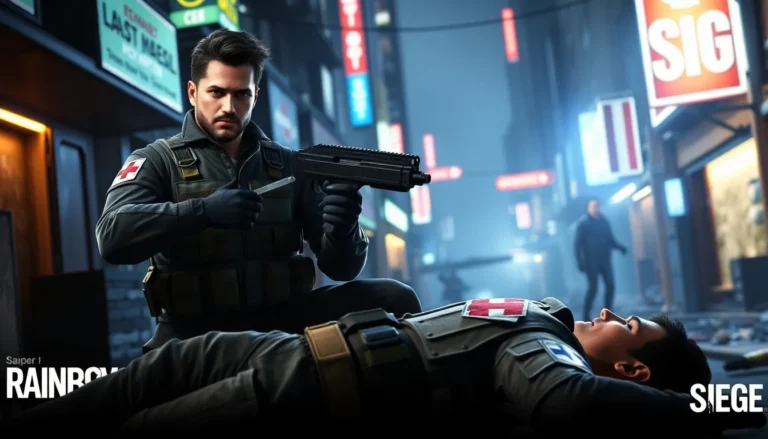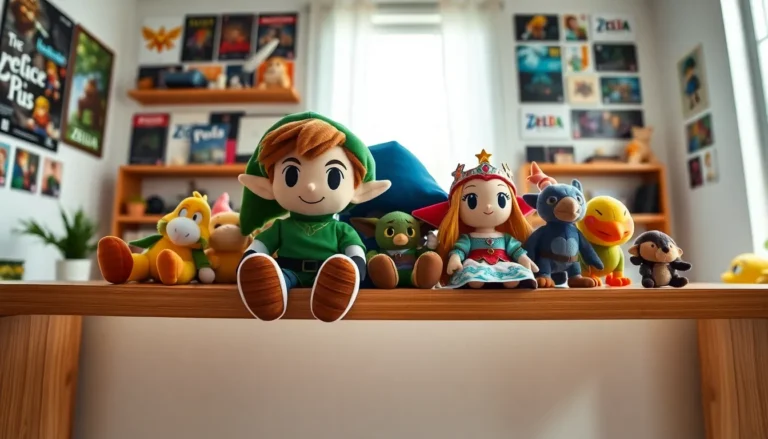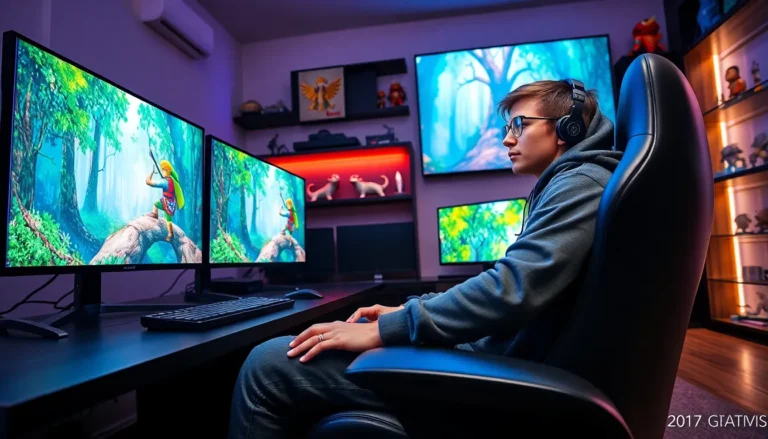Table of Contents
ToggleIn the vast realm of Hyrule, where puzzles are as plentiful as rupees, one question reigns supreme: which Zelda game puts players through the wringer the most? Gamers have battled fierce foes and navigated treacherous dungeons, but some entries in this beloved franchise have left players questioning their sanity—and their patience.
Overview of The Zelda Series
The Legend of Zelda series debuted in 1986, created by Shigeru Miyamoto and Takashi Tezuka. This action-adventure franchise follows the journey of protagonist Link as he battles various enemies and overcomes intricate puzzles. Players often explore the vast land of Hyrule, filled with dungeons, treasures, and formidable foes. Ensuing installments expanded upon the original formula, introducing key mechanics and unique gameplay styles.
Notably, several games in the series have sparked debates regarding their difficulty levels. Titles such as The Legend of Zelda: Ocarina of Time and The Legend of Zelda: Breath of the Wild have both received acclaim for their rich stories and complex challenges. Players frequently find themselves immersed in intricate narratives and game environments that require critical thinking and skillful execution.
Compelling creatures populate each game, from classic villains like Ganon to innovative monsters unique to specific titles. Nintendo designed each game to push players’ limits, ensuring a mix of thrilling combat and puzzling challenges. Some experiences, like The Legend of Zelda: Majora’s Mask and The Legend of Zelda: A Link to the Past, showcase particularly demanding gameplay elements.
Diverse gameplay mechanics maintain player engagement across generations. Exploration, puzzle-solving, and combat intertwine seamlessly, drawing players into the expansive universe. Through innovative design, the series has captivated audiences, prompting players to share experiences and strategies for overcoming challenges. Such factors contribute to ongoing discussions about which game within the series stands as the hardest, a topic that continues to evolve with each new entry.
Criteria for Determining The Hardest Zelda Game
Evaluating the hardest game in the Zelda series involves several key criteria. These criteria include gameplay mechanics and difficulty levels.
Gameplay Mechanics
Engagement with gameplay mechanics plays a crucial role in determining difficulty. Exploration, combat strategies, time management, and puzzle-solving abilities challenge players. Customization features, found in some titles, influence players’ approaches. For instance, The Legend of Zelda: Majora’s Mask implements a time-based mechanic that heightens pressure. Challenging puzzles often require critical thinking and experimentation. In The Legend of Zelda: Ocarina of Time, players navigate dungeons filled with diverse enemies that test skill and strategy. Each game’s mechanics contribute to overall player experience and the level of challenge.
Difficulty Levels
Quantifying difficulty levels involves analyzing enemy strength, puzzle complexity, and resource scarcity. Enemy AI, found in various games, varies significantly, with some opponents demonstrating advanced tactics. The Legend of Zelda: Breath of the Wild showcases formidable foes like Lynels, known for their high difficulty. Puzzles also factor heavily into the equation; intricate designs in games such as The Legend of Zelda: A Link to the Past require thoughtful planning and execution. Resource management remains essential, as limited health, weapons, and items amplify challenges. Together, these elements shape player experiences and solidify conversations around the hardest title in the franchise.
The Contenders for The Hardest Zelda Game
Several titles in the Zelda series are often discussed in the context of difficulty. Each game presents unique challenges, making it tough to determine which one truly ranks as the hardest.
The Legend of Zelda: A Link to the Past
A Link to the Past features intricate dungeons that demand skilled navigation and strategic combat. Players encounter formidable enemies, each requiring varied tactics to defeat. Puzzle-solving plays a significant role, as many areas require players to think critically to progress. Notably, the game implements a system of light and dark worlds, adding layers to its complexity. The inclusion of timed challenges further tests players’ abilities. Ultimately, A Link to the Past stands as a classic example of exemplary difficulty in the franchise.
The Legend of Zelda: Ocarina of Time
Ocarina of Time boasts a reputation for its immersive world and demanding gameplay. Players face diverse enemies within its dungeons, each presenting distinct challenges. Time management becomes critical, especially when navigating the infamous Water Temple. The game integrates substantial puzzle elements that increase in complexity as players advance. Exploration rewards those willing to uncover hidden secrets, but failure often leads to frustration. Ocarina of Time is widely regarded as a cornerstone of the series, showcasing a blend of difficulty and innovation.
The Legend of Zelda: Breath of the Wild
Breath of the Wild revolutionizes gameplay with its open world and dynamic mechanics. Resource management is crucial, as players encounter powerful foes and arduous environmental obstacles. Innovative puzzles require players to use their surroundings creatively, often leading to unique solutions. The game’s vast landscape encourages exploration but often hides dangers that challenge even seasoned players. Additionally, the weapon degradation system adds an additional layer of difficulty, forcing players to adapt on the fly. Breath of the Wild redefines difficulty, creating a rich and engaging experience for its players.
Personal Experiences and Challenges
Players recount their experiences facing the diverse challenges within the Zelda franchise. Many gamers emphasize the difficulty of navigating The Legend of Zelda: Majora’s Mask, especially with its time-based mechanics. Completing side quests becomes a race against the clock as players attempt to save the world before the moon crashes.
In The Legend of Zelda: A Link to the Past, interactions with intricate puzzles test players’ critical thinking. Dungeons require strategic planning as varied enemies emerge. Engaging with the light and dark world mechanic adds an additional layer of challenge, forcing players to adapt their approach.
Ocarina of Time often surfaces in discussions, particularly the infamous Water Temple. Navigating its complex layout frustrates many due to confusing water levels and challenging enemies. Players often share stories of their repeated attempts to defeat the bosses, showcasing the mental and emotional toll of the game.
Breath of the Wild introduces a new paradigm of difficulty through open-world exploration. The vast landscapes conceal hidden foes and complex puzzles that challenge creativity. Resource management becomes essential as players strategize their approach to confront formidable adversaries like Lynels.
Challenges in these games can foster a sense of achievement, as players overcome unique obstacles. Each title presents different mechanics that require players to adapt their strategies, emphasizing individual challenges that resonate with different audiences. Sharing these experiences fosters a deeper appreciation for the creative design baked into the franchise’s hardest games.
Conclusion
The debate over the hardest Zelda game remains a captivating topic among fans. Each title in the franchise offers its own unique challenges that test players’ skills and patience. From the time constraints of Majora’s Mask to the intricate puzzles in A Link to the Past and the vast exploration in Breath of the Wild, players face a variety of obstacles that keep them engaged.
Ultimately, the hardest game may vary based on personal experiences and play styles. As players continue to share their stories and strategies, the Zelda franchise’s rich history of challenging gameplay will undoubtedly spark further discussions and explorations for years to come.

